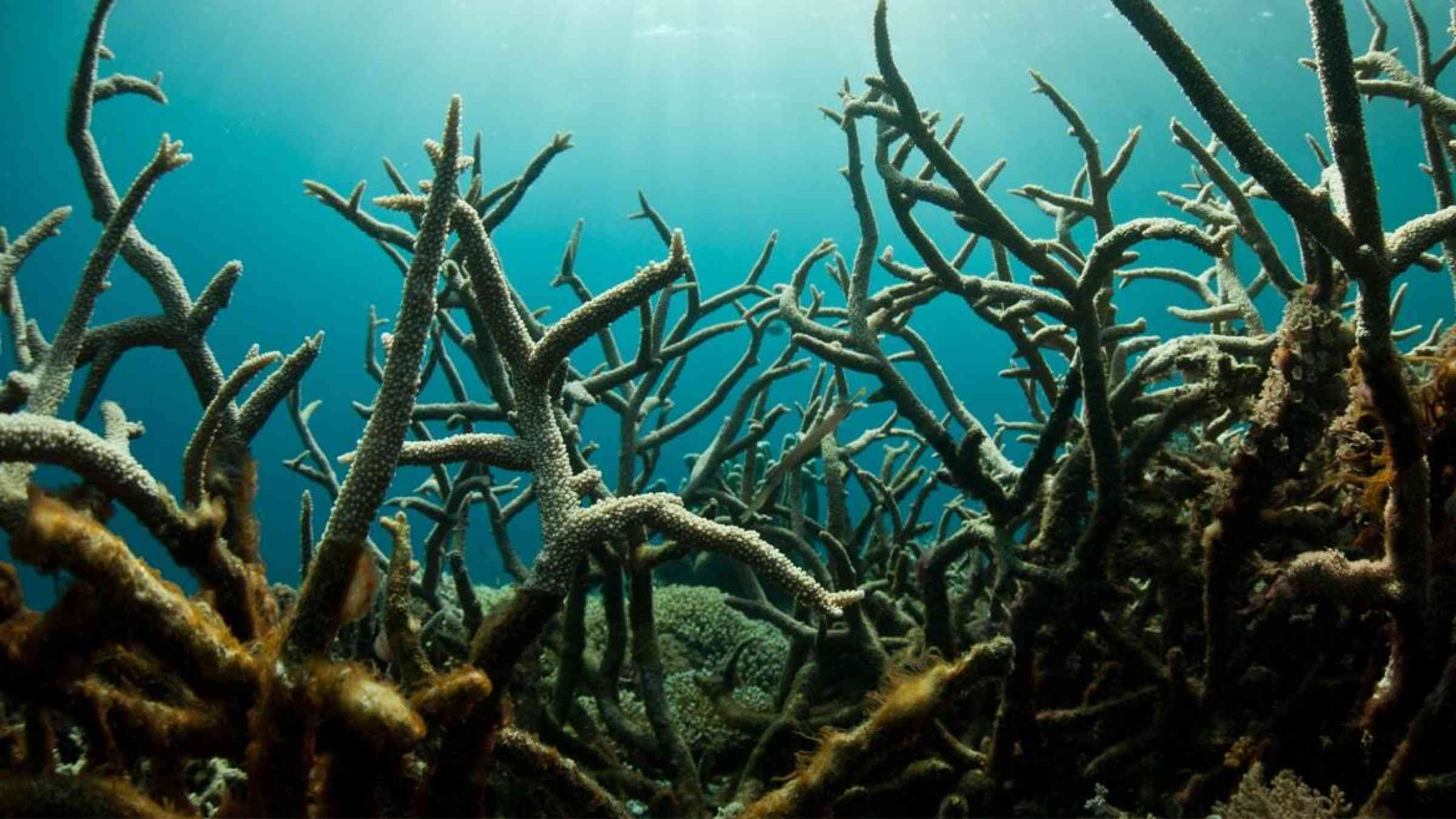Ocean warming triggers Indo-Pacific heatwaves

An intense heatwave gripping South and South-East Asia since late March comes as no surprise to leading meteorologists who have been warning of steadily rising temperatures in the Indian Ocean.
Temperatures in the Philippines and Thailand have topped 50C this month, while Bangladesh has recorded almost 30 days of heatwaves, leading to deaths from heatstroke and school closures.
Scientists say the heatwaves are directly linked to climate change and ocean warming, which are likely to bring even more intense weather events such as cyclones.
While the Indian Ocean has undergone basin-wide surface warming at a rate of 0.12 degrees Celsius per decade between1950 and 2020, models now show that greenhouse gas emissions will likely accelerate surface warming at a rate of 0.17-0.38C per decade between 2020 and 2100, says Roxy Mathew Koll, top scientist at the Indian Institute of Tropical Meteorology.
A recent study led by Koll on future projections for the Indian Ocean, published in Science Direct, projects marine heatwaves as increasing from 20 days per year (during 1970--2000) to as much as 250 days per year.
This, it says, would push the tropical Indian Ocean basin into a "near-permanent heatwave state" by the end of the 21st century.
"Though the warming is basin-wide, the northwestern Indian Ocean including the Arabian Sea will see maximum warming while the intensity will be reduced off the Sumatra and Java coasts in the southeast Indian Ocean," says Koll.
Mid-to-high greenhouse gas emissions will likely see the Indian Ocean experience surface warming of between 1.4 and 3C in 2100.
Koll says projected shifts in surface temperatures hold implications for cyclones and other extreme weather events over the Indo-Pacific region.
While the maximum basin-average temperatures in the Indian Ocean during 1980-2020 remained below 28C, the minimum temperatures by the end of the 21st century will be above 28C, climate models predict.
Intense cyclones
"Sea surface temperatures above 28C are generally conducive for deep convection and the generation of cyclones," says Koll, adding that heavy rainfall events and extremely severe cyclones, which were on the increase since the 1950s, are projected to increase further as ocean temperatures rise.
There could be "rapid intensification" of cyclones, says Koll meaning that a cyclone could intensify from a depression to a severe category in a few hours.
Other consequences of ocean warming include coral bleaching, seagrass destruction and loss of kelp forests, seriously impacting the fisheries sector, he says.
The current heatwave has severely affected eastern India and countries in Southeast Asia such as Cambodia, Myanmar, the Philippines, Thailand and Vietnam, which have reported record temperatures reaching up to 48C. In many of these countries, schools have had to be ordered closed amid reports of heat stroke deaths.
In the Philippines, as the heat index, which combines temperature and humidity, rose to more than 42C, authorities cancelled in-person classes repeatedly in many parts of the country since late April with hundreds of thousands of students switching to home-based online lessons.
Temperatures top 50C
So far this year, the highest recorded heat index in the Philippines reached 53C on 28 April, still far off the record of 60C on 14 August 2023.
In Thailand, temperatures have also topped 50C, causing at least 40 deaths from heat stroke and playing havoc with orchards and poultry farms.
On 28 April, Bangladesh recorded 29 days of heatwaves, surpassing the previous high of 23 heatwave days in 2019. Temperatures have since dropped sufficiently for authorities to reopen schools.
Jayanarayanan Kuttipurath, associate professor at the Indian Institute of Technology -- Kharagpur, attributes the warming to higher concentrations of carbon dioxide as well as an increase of water vapour in the atmosphere.
"Our studies show that atmospheric water vapour has been increasing in India and across the world, amplifying the global temperature rise," he says.
"There has been a continuous rise in atmospheric moisture, which amplifies warming and thus, heat waves," says Kuttipurath. This is evident in coastal states like Kerala, Odisha, West Bengal, and also neighbouring Bangladesh and Myanmar where temperatures touched 48.2C.
In addition, the impact of El Niño and its departure, during which higher oceanic temperature is expected, might have also impacted the heatwave conditions.
"El Niño conditions were announced during the summer to fall of 2023 and by the start of 2024 it had transitioned into its decaying phase and this may have been a factor in the present high-temperature conditions," Kuttipurath tells SciDev.Net.
"There are other inter-annual, decadal and multi-decadal climate variabilities, which can either enhance or dampen these changes in regional climate, but global warming and climate change would be the primary factors responsible for severe heatwaves in the future," says Kuttipurath.